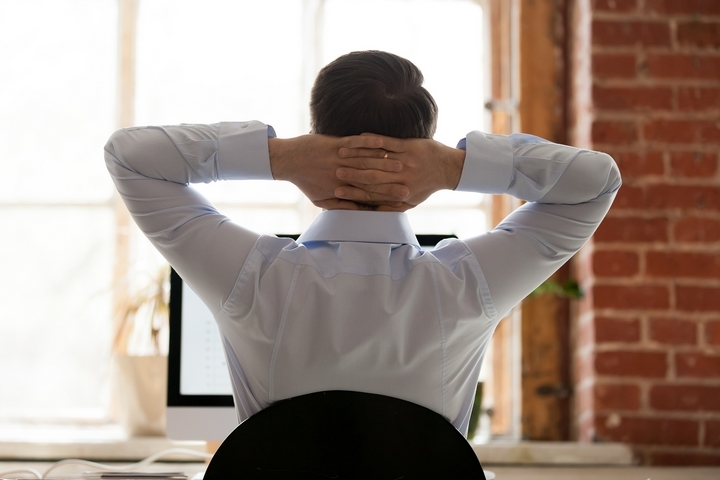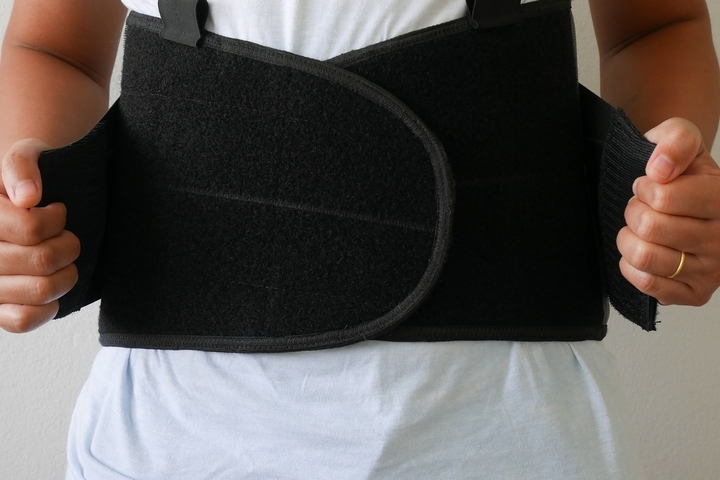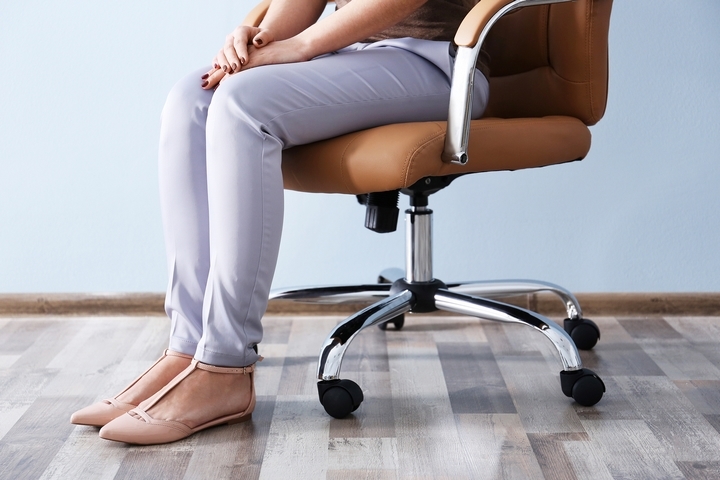Between working, dining, and relaxing, we often spend a substantial portion of every day sitting. If you suffer from lower back pain, you know it’s not only a nagging discomfort but also deprives us of the relief we seek when we sit. However, learning the correct sitting posture can ease the pain and prevent further deterioration of the condition.
The lower back is a complex structure which relies on numerous muscles, ligaments, joints, and discs. It supports the upper body’s weight and provides mobility for rudimentary actions such as bending and twisting. With these heavy tasks, the lower back is susceptible to many injuries, and it may be difficult to diagnose the exact causes.
Fortunately, there are several tricks that you can implement right away to alleviate some of your discomforts. Coupled with external lumbar support, there are various worthwhile remedies you want to try. Let’s learn how to sit with lower back pain for a long time:
When to see a chiropractor

Visit a chiropractor if your back starts to hurt when you bend down to tie your shoe. If your back pain inhibits regular everyday movements, it may be more severe than anticipated. The back is a complex structure. Getting a physician’s advice is prudent before damages become irreversible.
Posture for Lower Back Pain

For many jobs, sitting for prolonged periods is inevitable. This exacerbates lower back pain, increasing the pressure felt by the back muscles and spinal discs. And worse, if hunched over, the spinal ligaments and spinal discs are at risk of overstretching and sprain.
Refrain from slouching
First, and you must refrain from slouching at all costs. Any form of hunch adds a tremendous amount of pressure to your spine and lumbar discs. Your buttocks should be pressed against the back of your chair, with the backrest set to a 100 degrees angle. This small recline is better than sitting up straight since the angle provides support, reducing the load on your lower back. Additional lumbar support (discussed below) can also help reduce fatigue.
Knee angle
Next, focus on your knee angle: maintain a bend of 90 degrees with both feet planted flat on the floor. If the chair is too high, get a footrest. This helps to distribute body weight across the legs. For this reason, do not cross your legs. While this may reduce the weight your legs carry, it will increase the strain on your back. In this neutral position, your body weight should be evenly distributed across your hips.
Upper body: shoulders and neck
Regarding the upper body, pay attention to the position of your shoulders and neck. Always rest your arms on your chair’s armrests or the desk—this can decrease about 10% of the load felt by your spine. Adjust your chair’s height so that the contact between your desk and elbows is at an angle naturally relaxing to the shoulders. For the armrests, adjust the height so that resting your forearms will slightly raise your shoulders. For your neck to be neutral, have your work pointed at you rather than looking down at it. If you use a screen, set the top of the monitor to match your eye level; your eyes should be pointed straight ahead. The goal is to comfortably look without craning your chin forward.
Move! Move! Move!
Anytime you feel pain, check your posture. However, as comfortable as it becomes, prolonged static posture is never good. Movement is the best way to keep back pain at bay. Aim to stand, stretch, and walk for at least a minute every half hour. This small habit will keep your joints, ligaments, muscles and tendons loose throughout the day. Moreover, regular exercise strengthens the back and keeps the spine fluid, vital for reducing future bouts of pain.
Lumbar Support

The lower portion of our spine has a natural curvature inward toward the belly. When sitting with our buttocks and upper back against a chair’s backrest, this curve creates a gap with the seat, forcing our lumbar spine and large lower back muscles to work harder to maintain this curvature. This explains our tendency to lean forward—our body compensates for the added pressure as the back muscles tire.
Lumbar back support fills the gap between your lordotic curve and the seat. This supports the natural curvature and alignment, relieving the muscles surrounding the spine from the responsibility of maintaining the curve. In essence, lumbar support provides a physical reinforcement to your posture, reducing tension and alleviating pressure.
Some ergonomic office chairs come with built-in lumbar support, whereas for others, you’ll need to add your lumbar support cushion or a lumbar roll. The simplest lumbar support would constitute a rolled towel or small pillow placed against the back of the chair, filling the gap between the arch of your lower back. The best thing about lumber rolls is that you can bring them anywhere from your office to an airplane seat.

